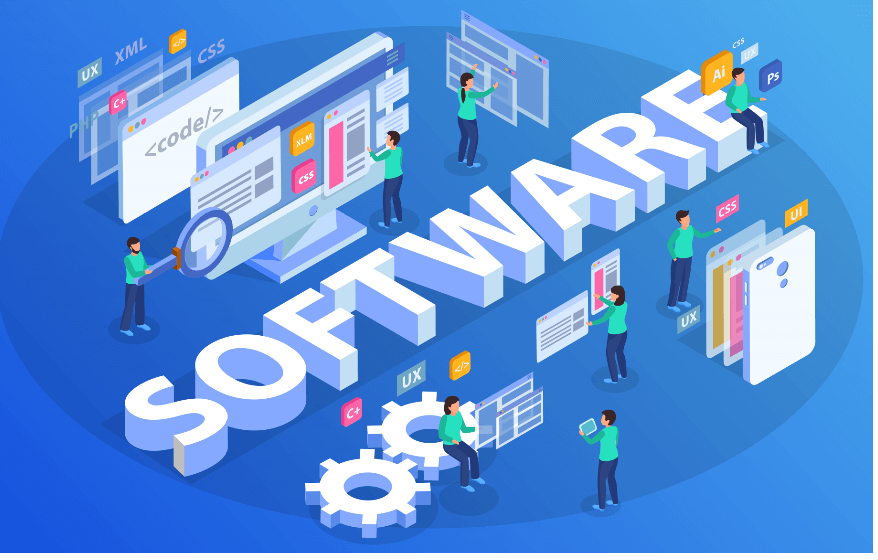
Apple Goes All-In on a Privacy-Based AI Experience
Before this year’s Worldwide Developer Conference, which Apple conducted earlier this week, AI meant artificial intelligence to most consumers. In classic Apple-esque fashion, we now know the Cupertino-based company wants to redefine AI as “Apple Intelligence.”
Apple has consistently demonstrated its prowess in effectively communicating complex technologies to laypeople. At WWDC, the company clearly articulated how it will incorporate these latest developments in artificial intelligence into its software on a platform-wide basis.
Some consumers have been skeptical about using artificial intelligence beyond the much-hyped tasks of creating a dinner party menu, for example. For those users, and it’s not a trivial audience from a size standpoint, those use cases are not innovations that will change the world.
Now, things get a lot more interesting when an Apple Intelligence-infused Siri can search across apps, emails, and text messages to retrieve information saved somewhere you can’t remember or to check the status of a flight. For instance, Siri will cross-reference flight details from an email with real-time updates from the web, highlighting a practical application of artificial intelligence.
More Steak, Less Sizzle
Competitors had already revealed a few new features; during its developer conference last month, Google debuted a photo search functionality strikingly similar to what Apple unveiled at its keynote. Nevertheless, the show served as a helpful reminder of the iPhone maker’s significant advantage over rival tech firms when showcasing cutting-edge technology on its own gear.
Viewed through this prism, Apple Intelligence suddenly materializes in a way it hasn’t until now. In stark contrast, Sundar Pichai’s recent Google I/O presentation came across as dramatically more technical than intended for the general audience.
The big question is how much of what Apple showed will result in increased consumer spending, and we won’t get an answer until the iPhone 16 expected announcement in September. Legacy iPhone users must upgrade to an iPhone 15 Pro or Pro Max to use its new AI-powered capabilities. However, AI will also be available on newer Macs and iPads that utilize Apple Silicon.
AI Boost to Soft iPhone Sales?
Given that iPhone sales decreased in the previous fiscal year and the first half of this one, any influence on those sales would be significant. However, there’s no guarantee that these enhancements will convince the typical consumer, who may not want to spend over $1,000 for the newest premium phone — either in full upfront or over three years, as most mobile plans currently permit — and may not pay attention to tech news.
More importantly, it’s still an open question whether these features function as well in real life as they did in the demos at WWDC. To Apple’s credit, the online demos given during the WWDC keynote were compelling and intuitive, an Apple trademark. Still, consumers are notoriously finicky, and this remains an open question.
Moreover, as I’ve suggested during my podcasts, Apple has all the resources necessary to swiftly replicate a Microsoft Copilot-like framework across all its device operating systems. Sequoia (the forthcoming upgrade to macOS), iOS 18, and iPadOS 18 will perfectly position Apple to amplify the benefits of its vaunted ecosystem.
It’s also notable that Apple’s ability to offer a large selection of developer tools that utilize Apple Intelligence capabilities will add a powerful AI dimension to the Apple App Store.
App Intents is an intriguing addition to Shortcuts, which enables AI agent capabilities so developers may provide their consumers with generative AI-based automation. Along with the Matter initiative, this capability will turbocharge smart home applications, which have been a morass of multiple applications and tedious setups.
